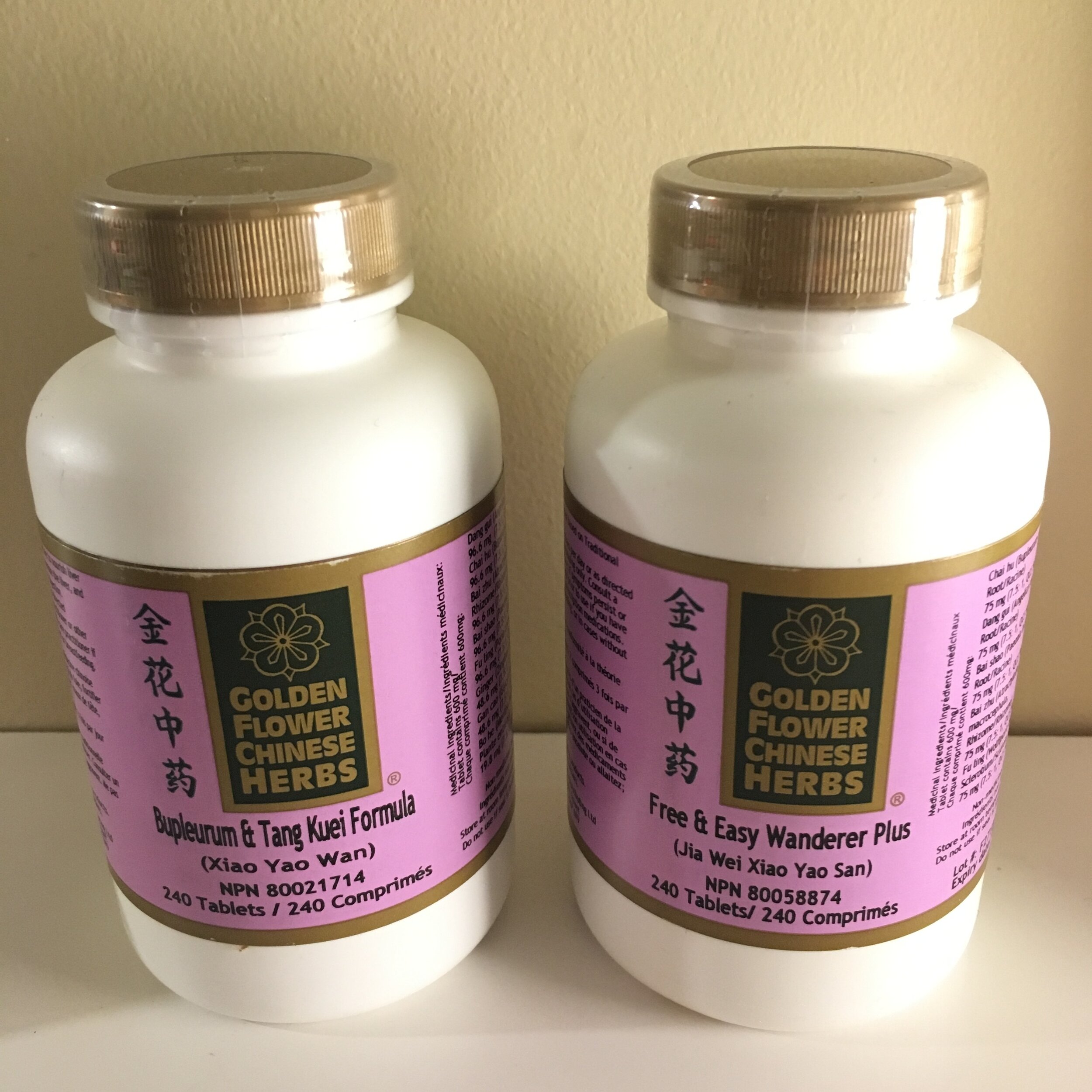Points to Herbs: Thinking Like an Acupuncturist, Prescribing Like an Herbalist
Most of us forget the basics and wonder why the specifics don’t work. - Garrison Wynn
Learning Chinese medicine is a daunting task. 409 standardized acupuncture points. Countless acupoint combinations. Moxibustion. Cupping. Gua Sha. Single herbs. Dui yao - pairing. Herbal formulas. Chinese patents. And one is only able to learn all these things after hammering through the foundations!
My goal has always been to make the basics more accessible and results repeatable. Diagnosed Heat? Use LI11, LI4 and DU14. Diagnosed Damp? SP9 and ST40. Phlegm? SP9 and ST40. I call them Heavy Hitting acupoints because they are effective at treating the condition, will give the patient results and in turn give the (new) practitioner confidence. This becomes a positive feedback loop. I expanded on this by creating a $7 digital download on the Top 20 Conditions I Treat In The Clinic (and followed it up with a $74 3-CEU course).
This summer I will release another digital download on the top 21 herbs I use in the clinic. The goal is to offer a few different groups of herbs that a trained acupuncturist and herbalist can use in the clinic - without feeling lost in the massive world of 11’000 herbal formulas. This work is so practitioners have the knowledge to prescribe 21 formulas (or less if they choose - make a nano-system out of my mini-system) safely and confidently for most conditions they see and treat.
My other goal is to help the Chinese medicine practitioner who has been successful in coming up with Heavy Hitting acupoint prescriptions to make the transition to prescribing herbs - via the acupoints themselves. I call this ‘Points to Herbs’ because the points will point the way to the herbal formula. A clear example of this is if a patient were to present with:
Trouble falling asleep
Heart palpitations
Not waking feeling rested
Poor digestion
Loose stool
Light menses
Teeth marks on the tongue
Heart-Deficiency on the pulse
With this case, we have lots of signs and symptoms pointing to Heart-Blood Deficiency and Spleen Qi Deficiency; or simply Qi and Blood Deficiency. A point prescription would include: HT7, REN17, REN14, LV13, REN6, SP10, ST36, SP6; UB15, UB20, and UB24. When a practitioner sees these two patterns and acupoints altogether, I want them to think: Gui Pi Tang - a principle formula for Tonifying Heart Blood and Spleen Qi.
Another example is if a patient were to present with:
Shingles
UTI
Vaginal discharge
Yeast infection
Gout
Thick, sticky-yellow coating and red-raised prickles on the sides of the tongue
Rolling/Slippery, and Rapid pulse
With this case, shingles and a UTI won’t likely present together, however with the tongue and pulse, we will have many signs and symptoms leading to Damp-Heat in the Liver and Gallbladder. An acupoint prescription would look like: LI11, LV14, GB24, SP9, LV8, ST40, LV5; DU14, UB18, UB47, UB19, and UB48. Damp-Heat in the Liver and Gallbladder is best treated with Long Dan Xie Gan Tang.
If a trained acupuncturist and herbalist wants to begin using all the skills they went to school for, doesn’t want to have a bunch of product expiring on their shelves, and wants to diagnose and prescribe with confidence, my new digital download is for them. If a practitioner has been prescribing and selling herbs with regular results (both in terms of patients improving and patients open to purchasing herbs) then they can skip this one. That’s right - I will definitely be addressing both compliance and keeping an extra an out-of-pocket expense for the patient affordable.
Points to Herbs - Summer of 2020!
Kenton Sefcik, Dip.Ac, Dip.TCM, R.Ac

